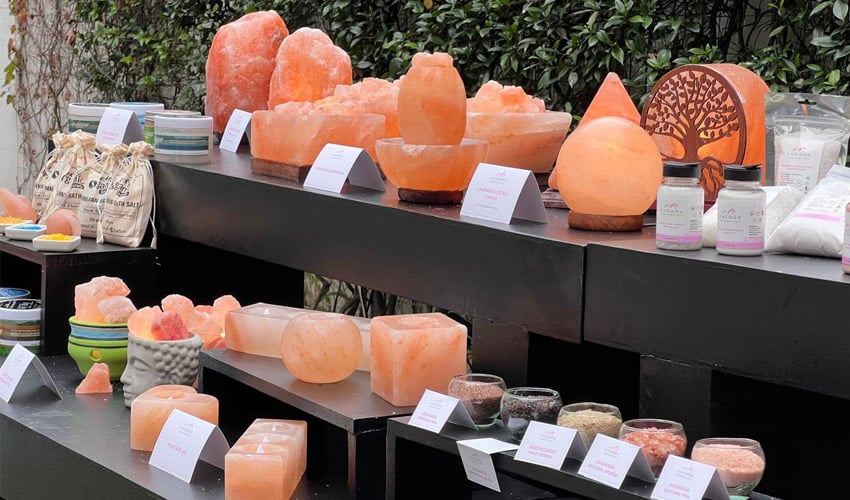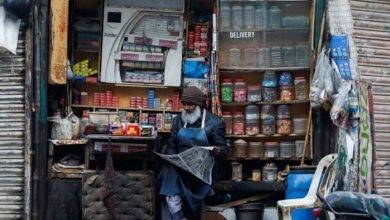First things first, Pakistan is the sole global producer of Himalayan pink salt, which comes from 800 million-year-old Khewra and Kalabagh salt mines in Punjab. Yet, the country allowed that glow to fade on the international scene over time. India figured the game out before Pakistan, even though it had neither the mines nor the claim to the origin of the salt. It covertly imported raw salt at minimal prices, repackaged it with attractive branding and aggressive marketing, and marketed it as a high-end wellness product in North America and Europe. The label those products carried was ‘Himalayan pink salt’, but the origin tags made it difficult to tell the difference. Meanwhile, Pakistan continued to export bulk sacks for pennies, while Indian exporters kept the premium. This narrative hijack lasted for decades. Now, Pakistan is finally trying to reclaim its stolen mineral legacy and identity.

Rerouting plans
Another thing worth considering is that Pakistan’s economy has long been in captivity due to its persistent inability to add value to its exports. Despite its praise limited to social media, the Buenos Aires event will only be a symbolic gesture unless followed by a practical plan. This entails increasing Pakistan’s capacity for salt processing, refinement, packaging, and certification. In addition to edible salt, there are designer goods that cost 10 to 100 times as much, such as cooking slabs, lamps, and spa products. Promoters and exporters must understand that Pakistan will keep transferring profit margins to more skilled ‘storytellers’ until and unless complete goods bearing conspicuous “Made in Pakistan” labels are exported.
The story of the pink salt could have been a soft-power victory at a time when India is once again showing off its political might by suspending important treaties with Pakistan. Organizers must capitalize on every opportunity to reclaim both national pride and product identity
Made in Pakistan
The issue of protection is another area of concern that Pakistan would have to work on. The country allowed others to co-opt its salt because it did not have a registered geographical indication (GI) for far too long. Although that is gradually changing, it will take legal and diplomatic pressure to enforce it globally, which our foreign missions must actively pursue. Events like the one in Buenos Aires should become a routine. The embassy did a wonderful job by arranging the promotional event, but the duty should not have ended there. Ministries, trade associations, and the media should be more actively involved in future events to boost their reach.
Soft power
The story of the pink salt could have been a soft-power victory at a time when India is once again showing off its political might by suspending important treaties with Pakistan. Organizers must capitalize on every opportunity to reclaim both national pride and product identity. For this, they must ensure that any such future event is not just another peaceful evening abroad but a well-publicized, loud, and memorable occasion that triggers public interest and leaves a mark.

Growth potential
Despite smear campaigns launched by India after being exposed as a fake producer of the product, the global market for Himalayan pink salt has grown significantly. In 2025, the market size is estimated at $258.33 million, with projections reaching $325.95 million by 2030, growing at a compound annual growth rate of 4.76 percent during the forecast period. Considering these projections, Pakistan must use the project as a quiet diplomatic tool to not only strengthen ties but also open new doors. Moreover, steps are needed to guarantee that the Himalayan pink salt is used not just in kitchens but also in symbolic, cultural, and wellness contexts. This Himalayan pink salt is not just a mineral but also a marker of heritage. Therefore, Pakistan must treat it as both an export commodity and a diplomatic crest.







